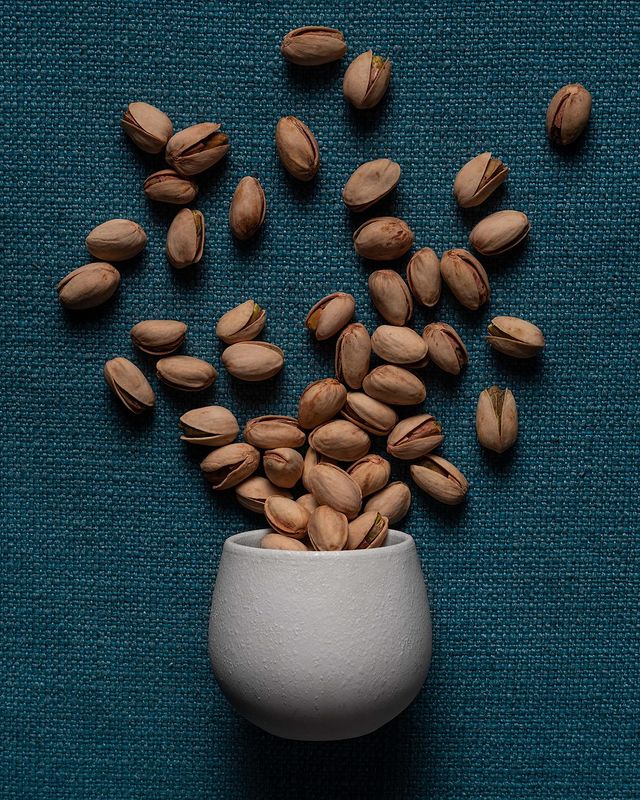Summer and fall is the season for juicy stone fruit, but do you know that the list also includes Pistachios, which is not a true nut?
Clear any further confusion about Pistachios from this article and the definition of stone fruit.
What Defines A Stone Fruit?
Any fruit whose pulp holds a single central seed in a hard pit defines a stone fruit.
Also, stone fruits are commonly known as freestone or clingstone, as the flesh can be tightly or loosely attached to the seed.
The major fruits of the Prunus genus, like Nectarine, Peach, Cherry, Plum, and Apricot, are 5 examples of stone fruits.
However, the list does not end here. More than 400 species are under the genus, and some famous fruits like Mango and Lychee, which are also stone fruits, do not fall into it.
Are Pistachios Stone Fruit?
No. Pistachios are not true stone fruits that most think of as nuts since the hard shells enclose the edible part.

Instead, the seed is the edible part of Pistachios, similar to almonds which are kernels of the fruit covered by a hard shell.
Thus, Pistachios, almonds, and cashew belonging to the Anacardiaceae family are not true stone fruits but culinary nuts, a group of drupes.
From Editorial Team
Additional Information!
Pistachios nuts open naturally in late summer to indicate the harvest time as they grow in a grapes-like cluster over a tree.
The US is the largest producer of Pistachios, with Iran and Turkey being second and third in line, covering around 90% of production. Meanwhile, Syria, Greece, and Afghanistan are next to them.
Crack The Nut And Enjoy!
